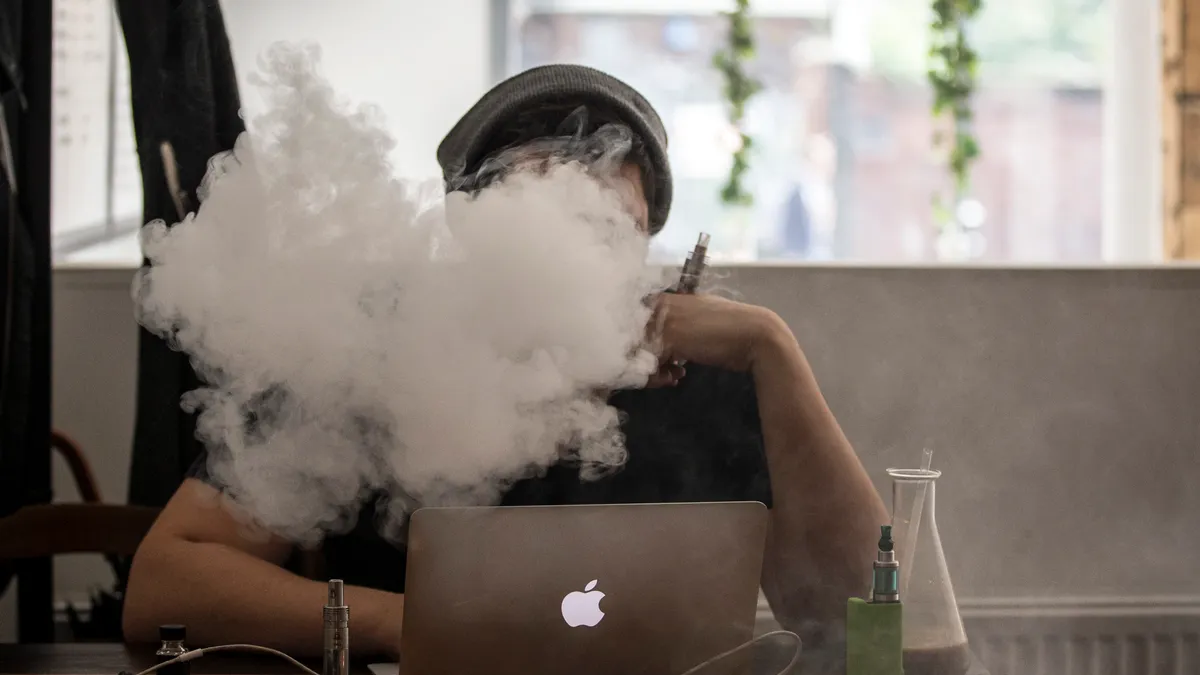E-cigarettes continue to be the most commonly used tobacco product among middle and high school students, according to a study released Thursday by the U.S. Food and Drug Administration and the Centers for Disease Control and Prevention.
This marked the ninth consecutive year e-cigarettes were No. 1 among eight commercial tobacco products the agencies inquired about in the National Youth Tobacco Survey.
In Oklahoma’s Altus Public Schools, there has been an increase in discipline referrals due to tobacco and THC use, a recent letter from Superintendent Roe Worbes said. As a result, the district hired an additional school resource officer and nurse, installed vape detectors in the junior high and high schools, and is continuing to use a social skills and emotional coping curriculum for students.
“It is our plea that parents and community members help us by speaking with students about the importance of protecting their health and maintaining a drug-free school environment,” the letter said.
Nationally, the FDA and CDC said about 3 million secondary students – or about 11.3% of the total middle and high school student population — reported using tobacco within the previous 30 days. Cigars and cigarettes were the second and third most common forms of tobacco use, respectively.
Among student racial groups, non-Hispanic American Indian or Alaska Native students had the highest percentage of use for any tobacco product use at 13.5%. The study only questioned students' use of commercial tobacco products and not sacred and traditional use of tobacco by some American Indian communities.
Non-Hispanic White students reported the highest percentage of e-cigarette use at 11%. Non-Hispanic Black students reported the highest percentage of combustible tobacco product use, or those tobacco products that produce smoke, at 5.7%, including 3.3% who smoked cigars.
Higher rates of tobacco use were found for students whose self-reported grades were mostly Fs, those with severe stress, those whose families had "low affluence," those identifying as transgender, and those who spoke English rather than another language at home.
“Commercial tobacco product use continues to threaten the health of our nation’s youth, and disparities in youth tobacco product use persist,” said Deirdre Lawrence Kittner, director of CDC’s Office on Smoking and Health, in a statement on Thursday.
The study said although cigarette smoking among U.S. youths has declined over the past two decades, racial disparities exist. This may be due to racial and ethnic minority communities having more exposure to tobacco promotion and advertising, among other factors, the study said.














